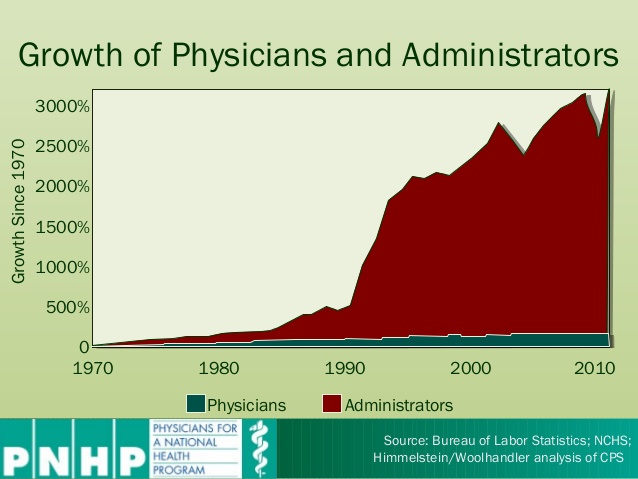I opened my last post with a question I never came around to really answer: How should doctors make decisions?
That wasn’t an oversight. To try to provide an answer seemed daunting, plus I wouldn’t have resisted the urge to wax philosophical about praxeology or phronesis. And how sexy is that? Surely my Alexa ranking would have suffered!
Perhaps sensing my predicament, Dr. Saurabh Jha tactfully suggested a book which I have since ordered and read. (And what a great call that was. Thank you, @RogueRad!) The book is Streetlights and Shadows: Searching for the Keys to Adaptive Decision Making by Gary Klein.
According to his Wikipedia entry, Klein is a cognitive psychologist credited with pioneering the field of naturalistic decision-making, a research endeavor where people’s decisions are examined in real life setting, not under contrived laboratory experiments.
The book, published in 2011 by The MIT Press, summarizes the fruits of his research. It’s a captivating work.Continue reading “How experts really decide”










